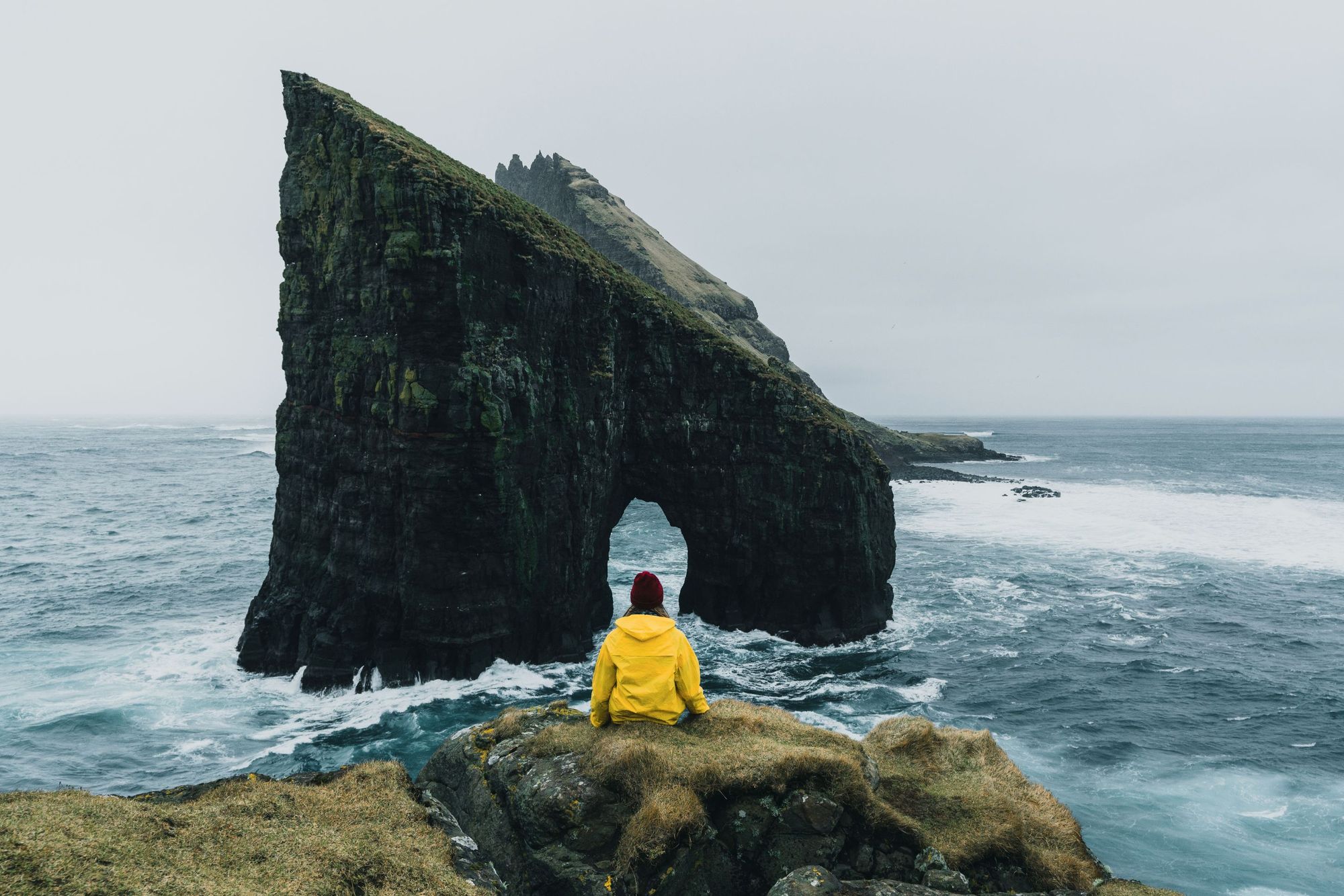There is a much-photographed house in a mountain range in the Faroe Islands. It sits on the edge of a cliff, looking out over the Atlantic, and is surrounded by rolling greenery and rugged rock formations. The roof is covered in turf, a traditional feature which serves a practical purpose - soaking up some of the plentiful rain that falls here and providing insulation - but which also blends the house into the backdrop, making it particularly photogenic.
More people are going to rural settings than they ever have before, because geotagging has allowed people to see exactly where they can take beautiful photos.
“It’s a really beautiful house,” says Dr. Lauren Siegel of the University of Greenwich, who remarked on the building in a recently published paper on social media-induced tourism. “But the poor shepherd who owns it, and who has been living there for generations, now has to ensure there are no tourists standing outside taking photographs when he uses his toilet or shower.”
The plight of this shepherd came to light when the tourist board of the Faroes - an archipelago with a population of just over 50,000, and 110,000 annual visitors - surveyed locals about their feelings towards tourism. They found that for many, tourism provides a crucial source of additional income in an era where farming is becoming increasingly difficult. But they also found drawbacks - notably, the study states, “those who lived in specific photogenic locations had a greater tendency to experience incidents of photography-seeking travellers negatively impacting their daily lives and, in some cases, damaging their land.”
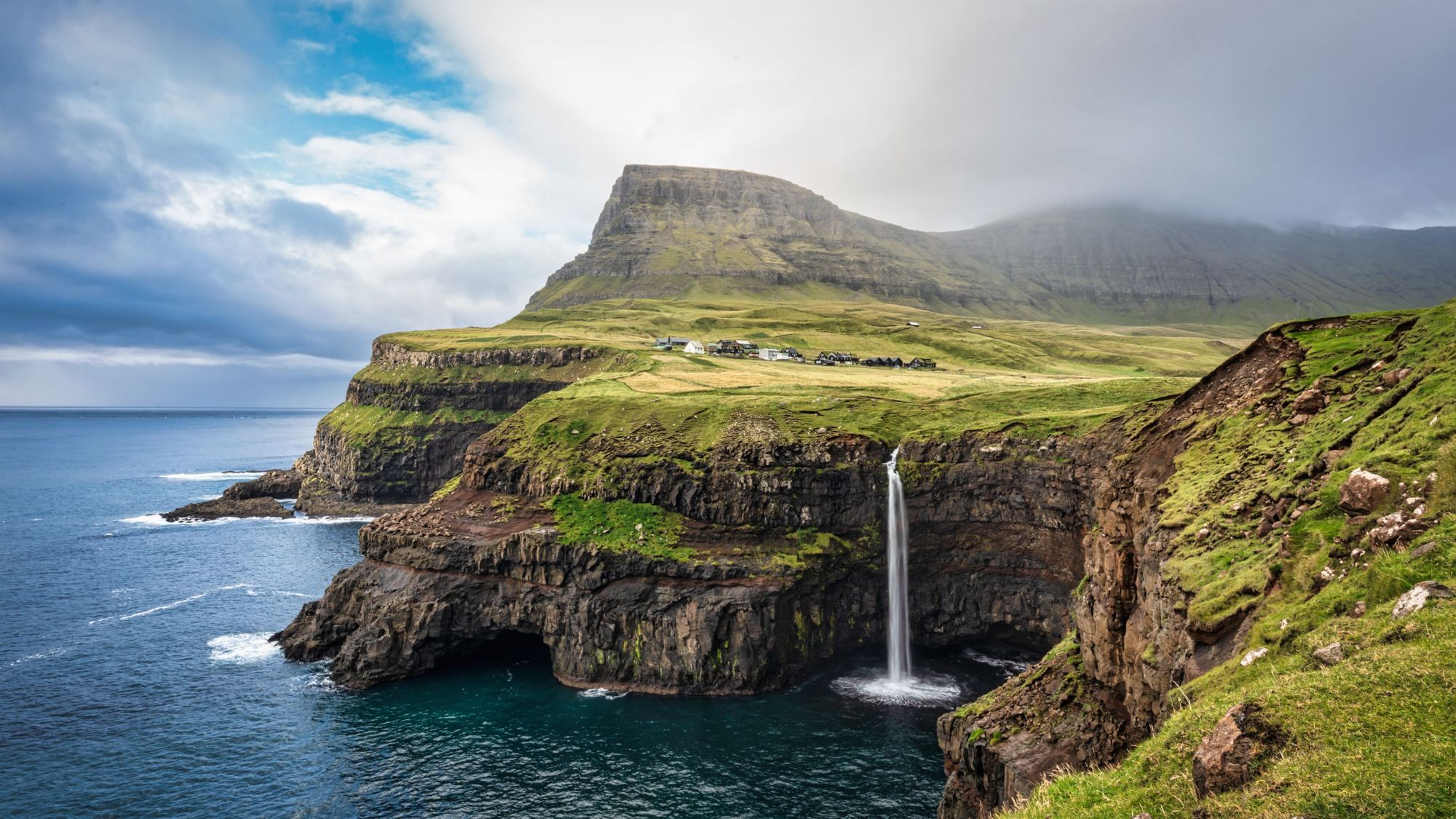
Social media is often cited as a major cause of overtourism, less to cities than to specific, remote spots - fuelled by the geotagging of aspirational influencers.
“With general overtourism, we tend to think about places like Venice or Paris; classic places that have always been popular,” says Dr. Siegel. “But when we’re talking about social media-induced tourism, there’s specific, really photogenic places that are now termed ‘Instagrammable’.”
Press releases go out each week highlighting the most ‘Instagrammable’ roads, beaches, cities, phone booths and so on. The idea is clear: that this is what people want; to travel around and get content for their Instagram.

“Social media-induced travellers are not just visiting traditional tourist destinations, but increasingly going to really rural landscapes," says Dr. Siegel. "Anything really, that meets this aesthetic - and these places are often not ready to accommodate this system of tourism.
“One of the biggest arguments for tourism is the economic revenue that it brings. But places that become popular suddenly on social media, all of a sudden, people flock there in the thousands - and they have no system in place. There's no businesses there to get that economic revenue, and so visitors are bringing all the negative aspects of tourism - increased congestion, litter and waste; but spending no money. If there's no system in place, it will increasingly lead to the deterioration of the quality of life in local communities.”
A New Trailhead
Given that Instagram was only launched in 2010, it’s astounding how much it’s changed travel. A huge 52% of consumers say they’ve made plans to visit a specific destination based on an image or video they saw on social media.
“It’s impacted travel enormously,” says Dr. Siegel. “It's become really saturated into our daily lives; the travels of our social media connections. And therefore, people feel not only inspired but almost like they have to keep up with the travels that they're seeing online. Travel has become a lot more popular, and more people are going to rural settings than they ever have before, because geotagging has allowed people to see exactly where they can take beautiful photos.”
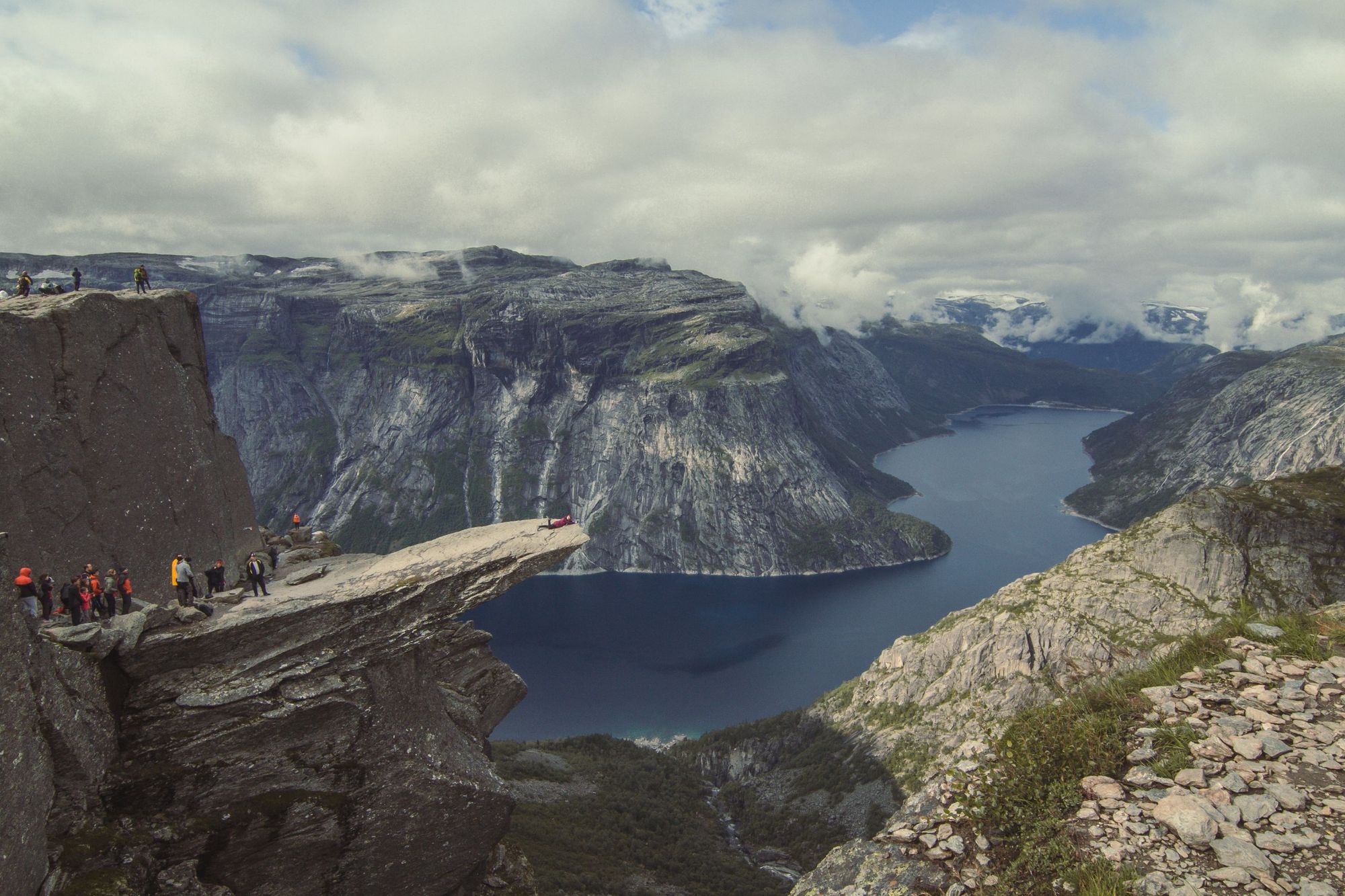
It’s now the norm to travel to very specific locations to take very specific photographs. The resulting photographs may show a traveller sitting alone on the rock of Trolltunga in Norway (which received 1,000 visitors in 2009 and 100,000 in 2019), or standing alone at the Gates of Heaven in Bali - but in reality, the photographer has probably had to queue to get that photo; a photo which then fuels further travel to this seemingly empty (but actually crowded) spot.
Instagram also hasn't just changed the places we go, but how we behave there.
When one person finishes taking their photograph, another takes their place. Rather than the sounds of nature filling the air, it’s often the sound of a drone - and people are hiking to beauty spots with picnics (or even tents) which they have no intention of using for anything other than a photoshoot.
Is this good? Is this what anyone wants from travel - this activity hailed through centuries as the way to discover cultures, destroy prejudice and cleanse the soul?
They're bringing photography equipment and long, large scale photoshoots are now unfolding in these really rural places.
Phones put a barrier between tourist and destination, actively preventing immersion. “All these apps are so helpful, but there’s a magic to having to engage with locals, and to noticing the nuances of culture; to really take in a landscape,” says Dr. Siegel. “If you’re looking at your phone, you’re not able to do that. It's a beautiful piece of that travel process fading, and it is detracting from the ability of travellers to authentically connect with local communities and culture.”
Instead of becoming immersed in local life, this form of travel can disrupt it.
“People are dressing for the photo rather than the destination, and there can be a big disconnect there. They're bringing photography equipment and long, large scale photoshoots are now unfolding in these really rural places.”
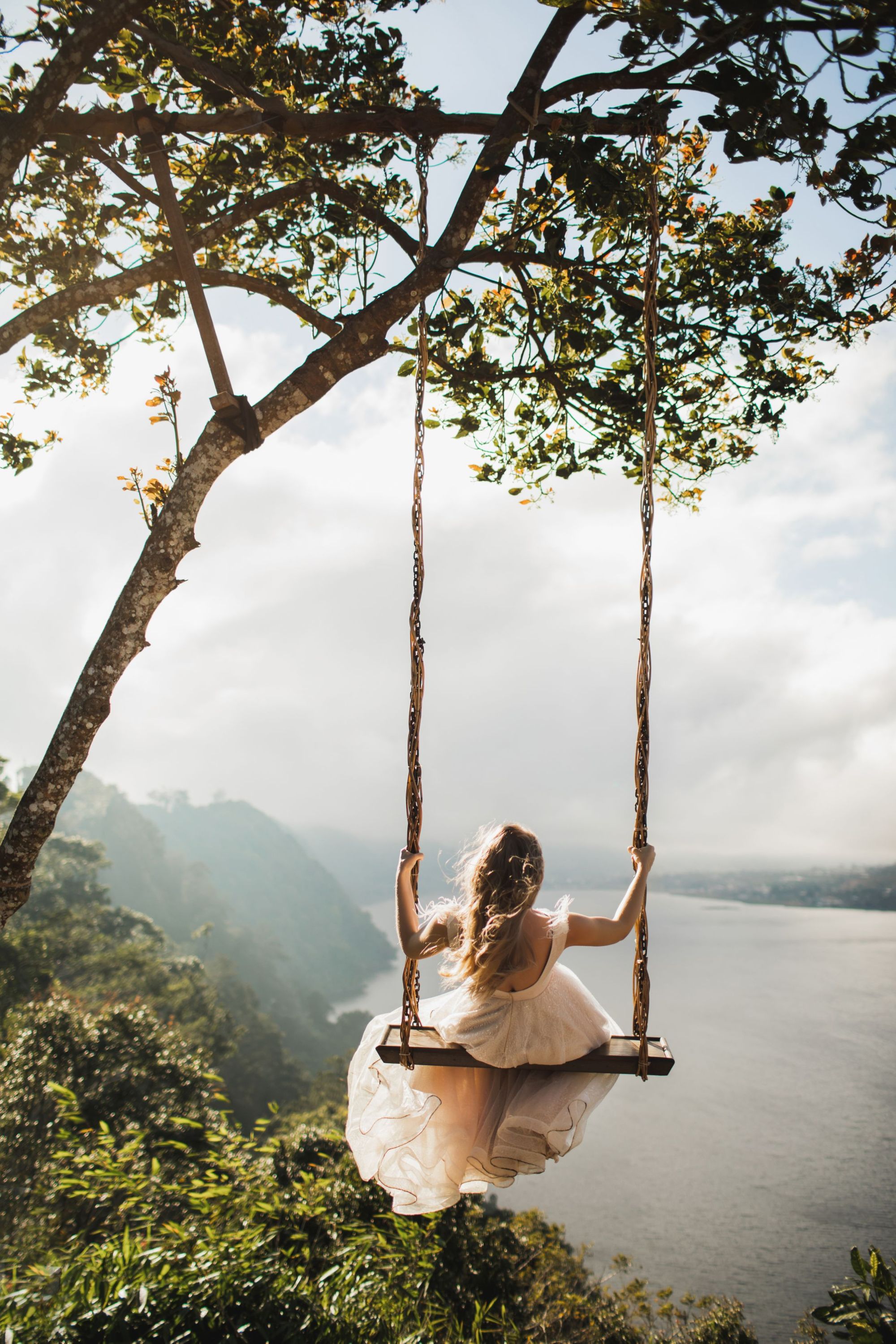
To the extent where in the Faroes, a shepherd is now wary of using his toilet.
With queues comes litter, and sites known for quiet beauty become crowded, commercialised and loud. So… is it fair to say social media is ruining travel?
“It’s a social phenomenon, and I’m careful not to place too much personal blame, because I also take pictures when I travel,” says Dr. Siegel.
If we're being honest, most people do. This is very much the norm now in travel.
“If you’re looking at something gorgeous, you want to remember it. So I'm guilty also of this paradox of wanting to capture the moment; and also trying to be present. But there’s an opportunity to be mindful and to try to balance documenting an experience with connecting with a culture, especially in these rural, photogenic places. Even just by trying to find out what local businesses you can support when you're there.”
A Mountain Saga
Margrét Blondal has worked in Icelandic tourism for over 20 years. “I remember the day when we had more tourists in Iceland than people living here,” she tells me. “I don't exactly remember when, but the population was around 200,000, and we had that many travellers. Today, the population is about 360,000 and we have two million travellers. For me, it’s too much. I want to protect nature - and also the experience people have here."
Tourism was crucial in helping Iceland recover from the financial crisis in 2008. Then the infamous eruption of Eyjafjallajökull “put Iceland on the map”, Blondal says - and a visit from Justin Bieber accelerated the process.
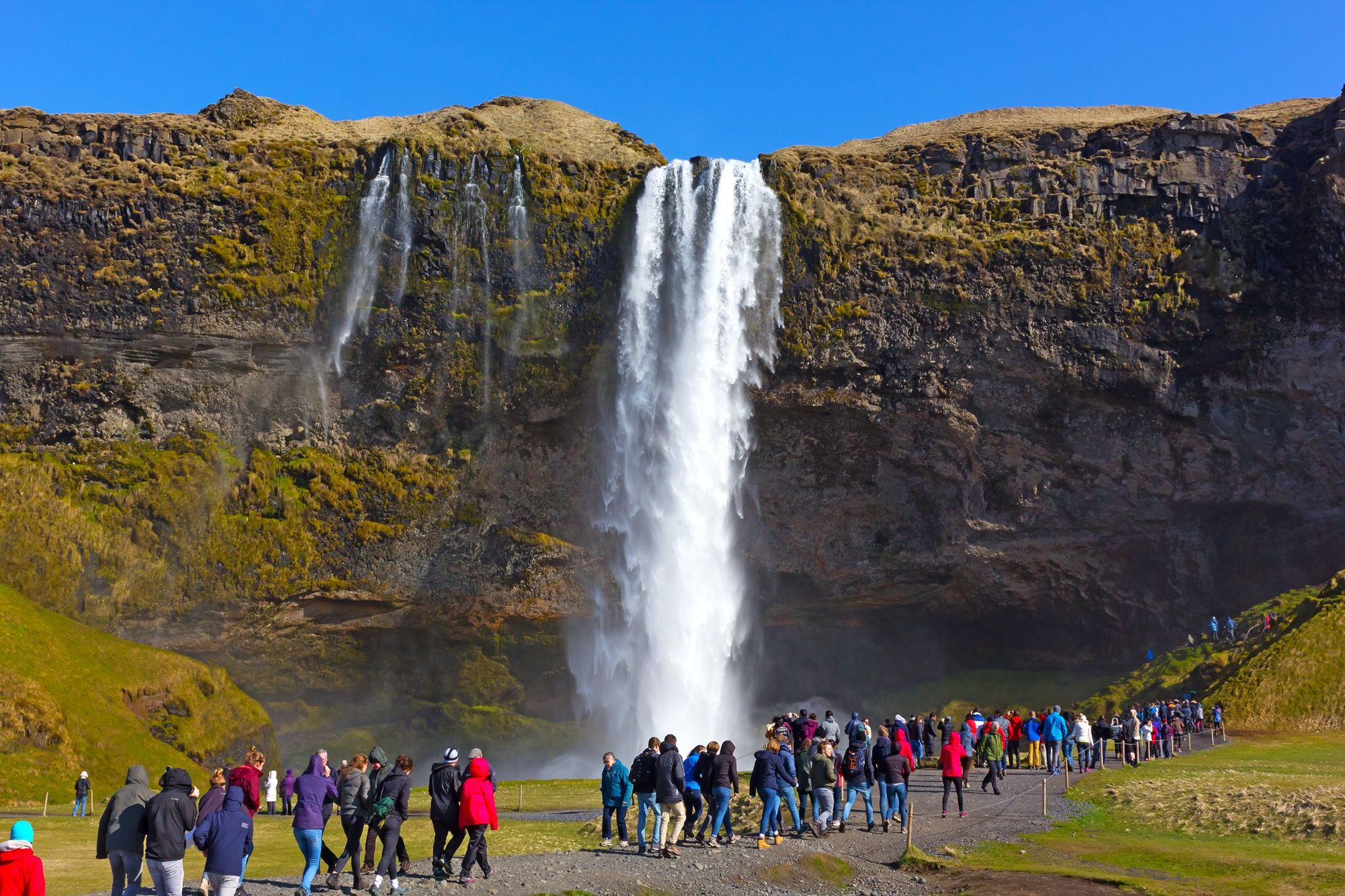
"A lot of travellers now come just for a few days, to visit the main spots, but there are still a lot of unspoiled areas to explore,” says Blondal.
Once empty sites like the Skógafoss waterfall and Blue Lagoon have become incredibly crowded. And the crowds can lead to danger for tourists, as well.
When the Fagradalsfjall volcano erupted, tourists were walking on the lava for video content, ignorant of the fact that burning hot lava could be underneath, beneath a thin crust. And at the grey columns and blank sands of Reynisfjara, several tourists have even tragically died when ‘sneaker waves’ crashed in.
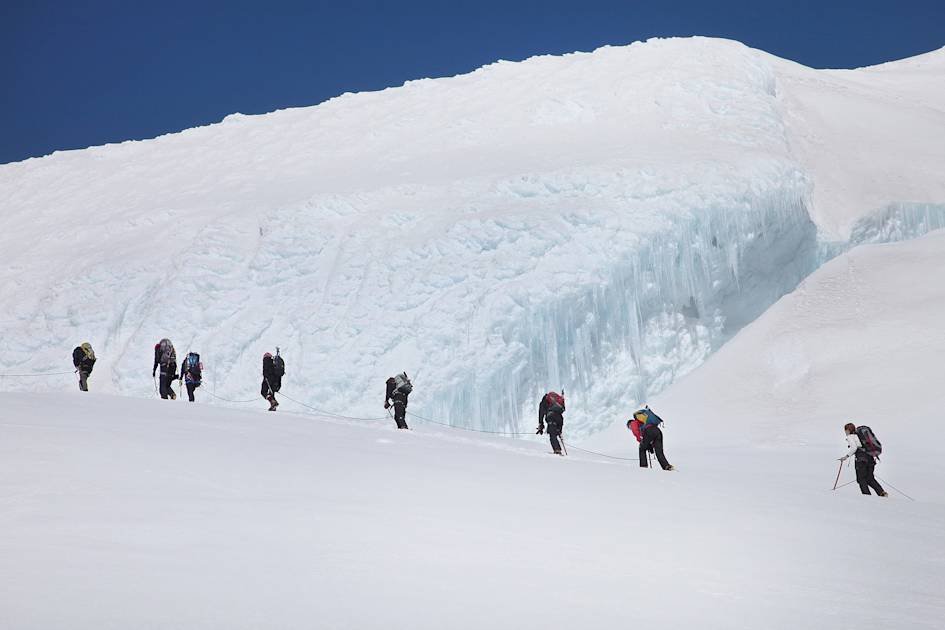
“In the early days, people who came to Iceland wanted to go off the beaten track,” says Blondal. “They had been preparing to come for a long time; they had read books and had a good kit list - but now we have people coming to Iceland because it’s on their bucket list, and some only spend a few days here, and don’t want to spend much money. Before, people spent at least two weeks.
“The most negative impacts come from cruise ships. This year we had around 200 ships come in, with thousands of passengers. All of these people then want to visit the Golden Circle on day trips from Reykjavik, so we don’t benefit much from them. But the [ships] pollute, and then when other people come in and want to see the Golden Circle, they just see people everywhere. It’s a shame."
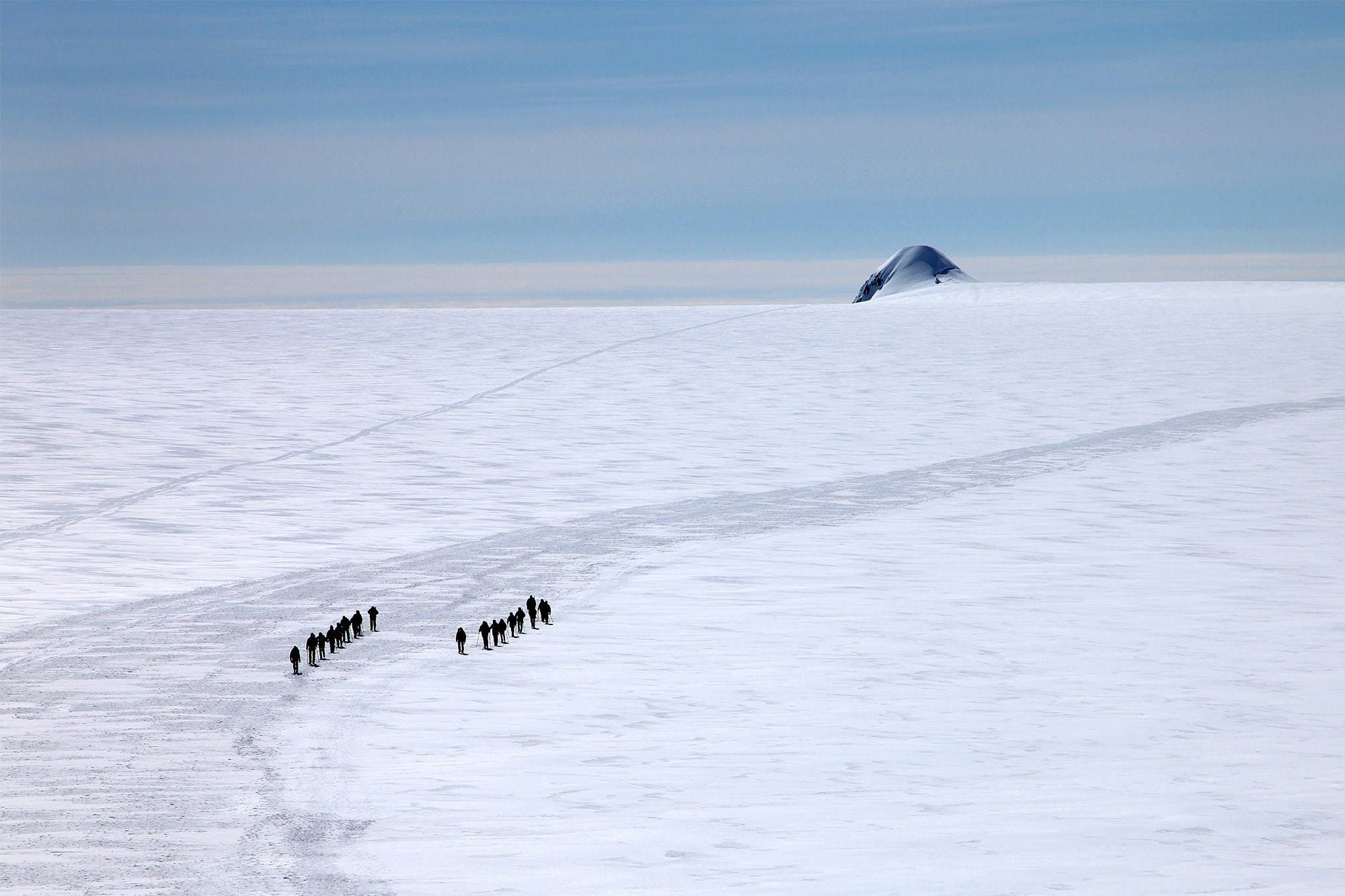
Margrét’s advice on how to see Iceland responsibly?
“Choose another path. When you’re trekking, you’re travelling by foot and not impacting the environment so much. It’s the best way to travel in Iceland. I like to go up in the mountains where no one is; where there's no infrastructure. I like the vastness and the feeling you get, that you're so small in nature - like a grain of sand - because it's so big if you go up to the Highlands. It's just the wilderness.”
I like the vastness and the feeling you get, that you're so small in nature - like a grain of sand.
We talk about climbing Eyjafjallajökull itself. “It’s mainly Icelanders who go there”, says Blondal, and the mountain of Vörðuskeggi. “It’s not very popular, which is a shame, because it’s just outside of Reykjavik and again, Icelanders go there to hike, but tourists not so much. We’re also going to have a trek next year with Much Better Adventures called Núpstaðskógar. It’s in the south of Iceland, and not many trips go there. You can hike for four or five days without meeting a soul. It's the liberty; it's the vastness - freedom and nobody around you.”
The Wonders of the World
Long-distance hiking trails are one excellent way of easing pressure on photogenic hotspots and spreading the wealth of tourism to remote communities, while also giving travellers a more authentic experience.
A good example can be seen in the Middle East, where The Jordan Trail - a 420-mile (675km) walking route spanning the length of Jordan - was created to help spread out tourists who flock to Petra, then leave Jordan quickly after.
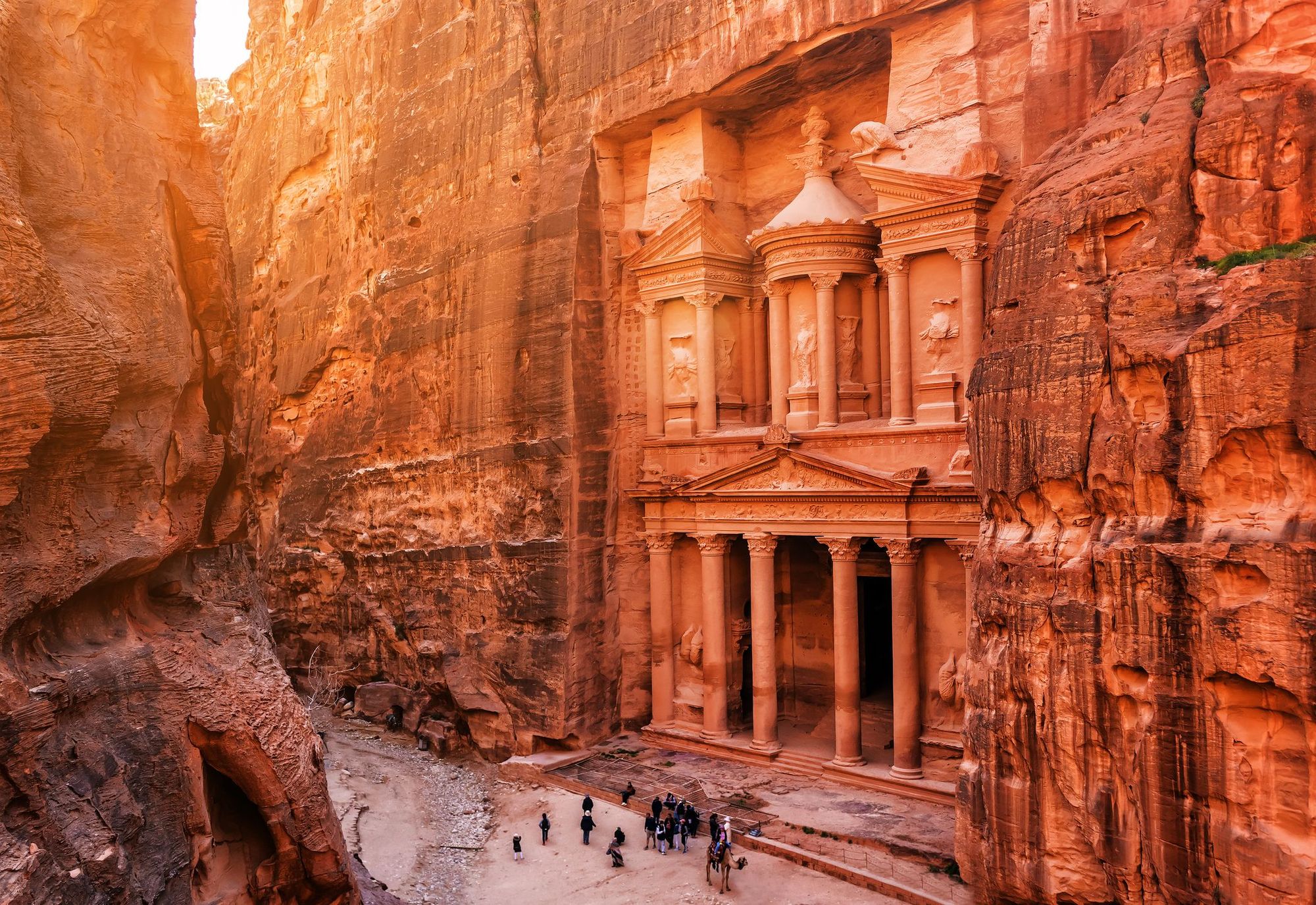
“Some people who live just an hour away from Petra never get to benefit from travellers who go there,” says Ayman Abd Alkareem, one of the founders of the trail. “They see all the tourist buses going back and forth to Petra, but they never stop on the way. And if communities start seeing travellers coming through their area, or by their area, without interacting with them or without benefiting or engaging with them - that creates tension, which is not what we want.”
The Jordan Trail - and new Jordan Bike Trail - both stop at Petra, but also go to the mountains of Wadi Rum, the cliffs of the Great Rift Valley and the Red Sea.
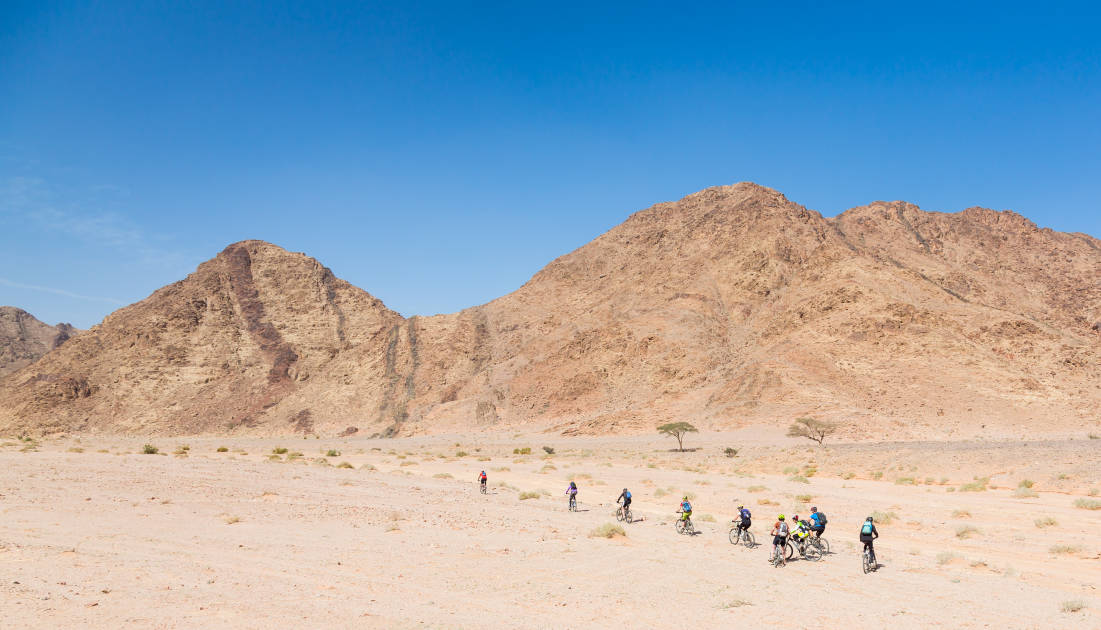
“The trail helps distribute income throughout the country; especially to communities that don't get enough share of the tourism," says Ayman. "Travellers who come on these trails help buy bread and help bakeries, they buy water and go to the small grocery shops in remote areas. So it's distributing the income equally across the country, helping keep the money that comes to Jordan in Jordan, and getting it directly into the hands of the local community.”
If communities start seeing travellers coming through their area, or by their area, without interacting with them or without benefiting or engaging with them - that creates tension.
The trail was launched in 2015 and has proved a huge success, with international media coverage and acclaim. And actually, social media has helped expand people's knowledge of Jordan. “I think social media is an arrow with two heads,” says Ayman. “It can be really good or really bad - but it is definitely important.”
There was a time when people would arrive in Petra from Israel on day trips, not knowing they were entering a different country, Ayman says. But now social media has helped showcase Jordan as a destination - and promote the trail.
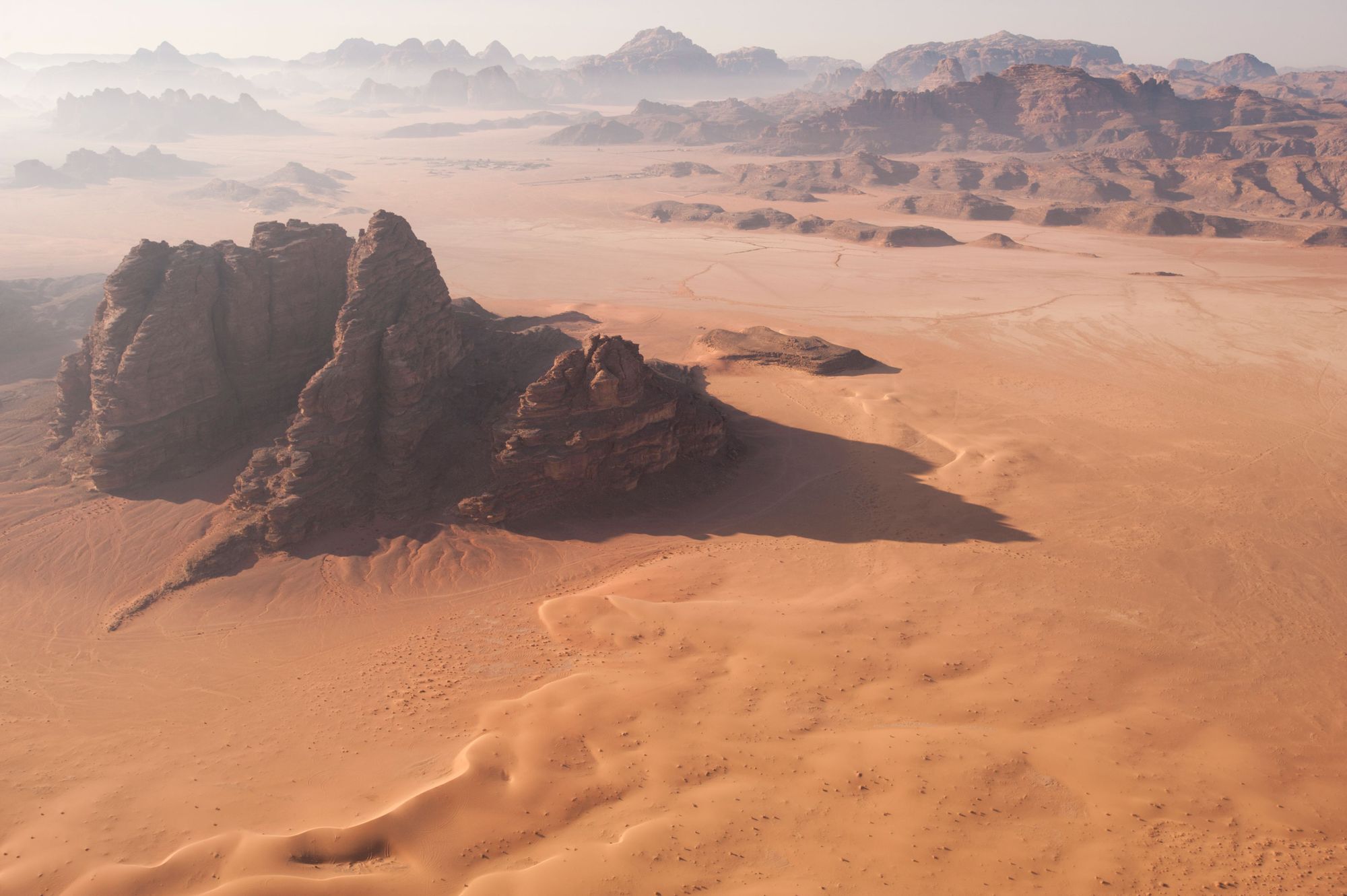
“Now people are not just posting about Petra,” Ayman says. “They’re promoting local experiences, women-owned, small enterprises and all of these newer ideas. We still have people who come for the bucket list, and visit Petra - it’s an amazing site - but there’s more distribution. And more people are extending their stays in Jordan, rather than just visiting on an extension from Egypt or Israel.”
We're heading into a new era where people are a bit more authentic and caring a bit more about the places they visit.
So, could social media help solve the problem it created?
Dr. Lauren Siegel believes so. Her study shows how various destinations are dealing with social media-induced tourism, including Yellowstone’s #TakethePledge campaign, which used Instagram to encourage responsible photography in the park. Clearly, the platform is a great way to reach people.
“I think the best way to reach them would be online since this behaviour is really born online,” says Dr. Siegel. “So having information about that place - and any negative impacts happening there - right as you find out about the place online, that's the ideal situation. Just some education about proper behaviour, and perhaps about local businesses, the top locally-owned restaurants or where you can get locally-made crafts. I think travellers would love that.”

Dr. Siegel also believes that we are turning a corner now.
“I think when people visit these Instagrammable hotspots, they realise once they get there that it's not what they expected,” she says. “There's actually a line and lots more people doing the exact same things they're doing. It's not really a value-added experience, because there's not much to do other than taking your pictures. So if you are just going for pleasure, I think people might start to realise that it might not be worth visiting these places just to take pictures.
“We're hopefully on the tail end of this idea that life is curated, and people making their lives look perfect online, and we're heading into a new era where people are a bit more authentic and caring a bit more about the places they visit. And there are now more influencers emerging that are seeking out local vendors and being responsible. Gen Z is very wary of their impact on the planet, so I think that type of content is where the future is.”
So, take that photo. Your mum will be annoyed if you don't. But if you book flights based purely on that scenic snap from Instagram? Be prepared to join the queue.
Inspired? Check out our wide range of adventure holidays, taking you off the beaten track and protecting wild places!

